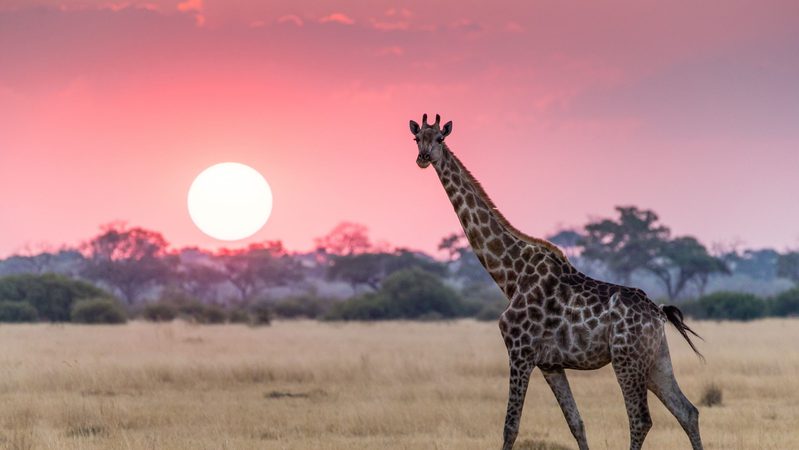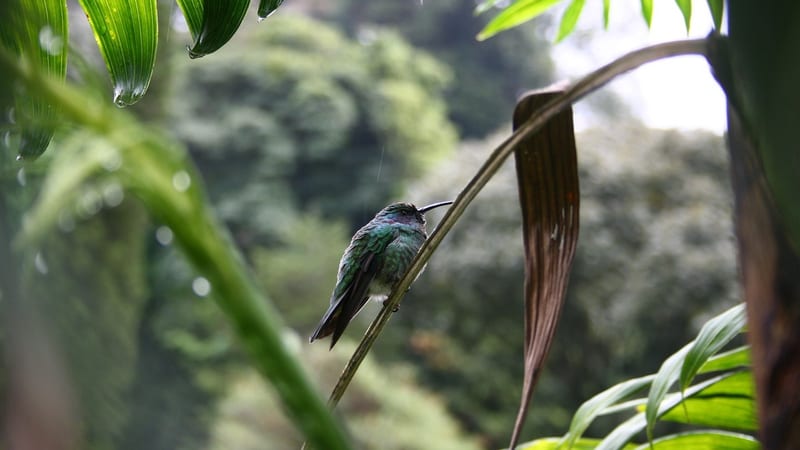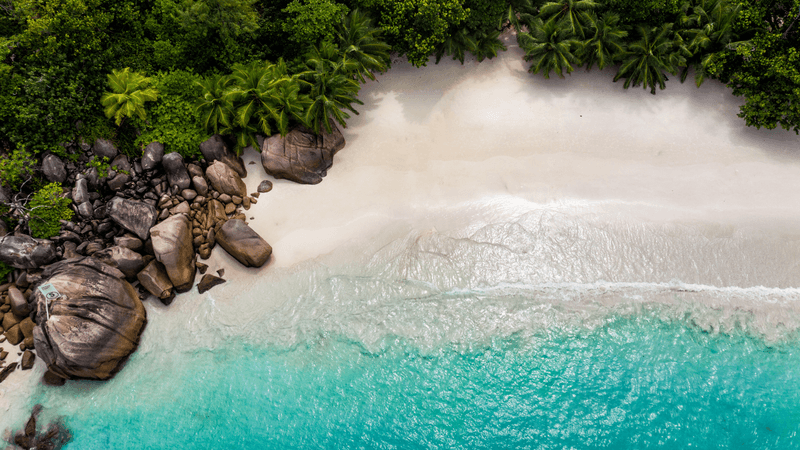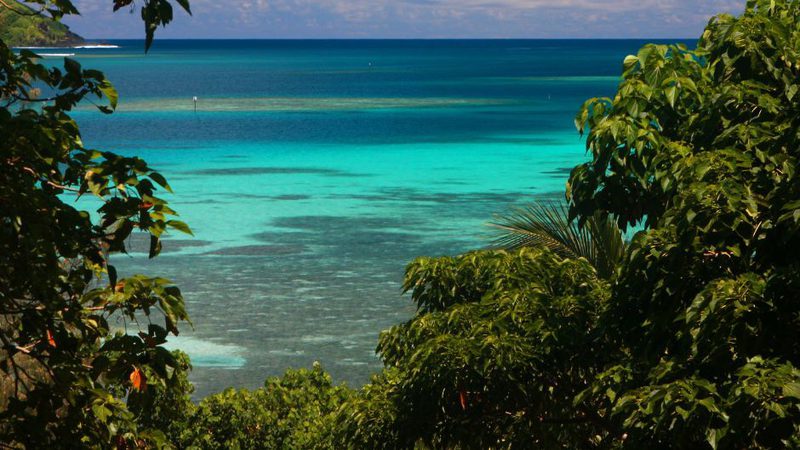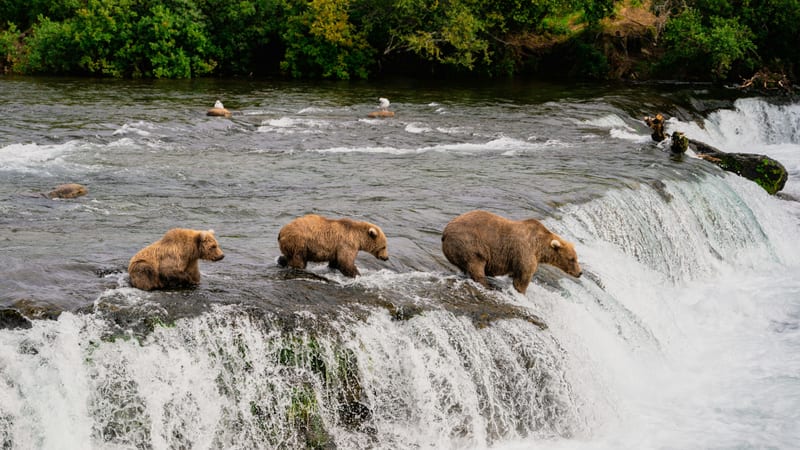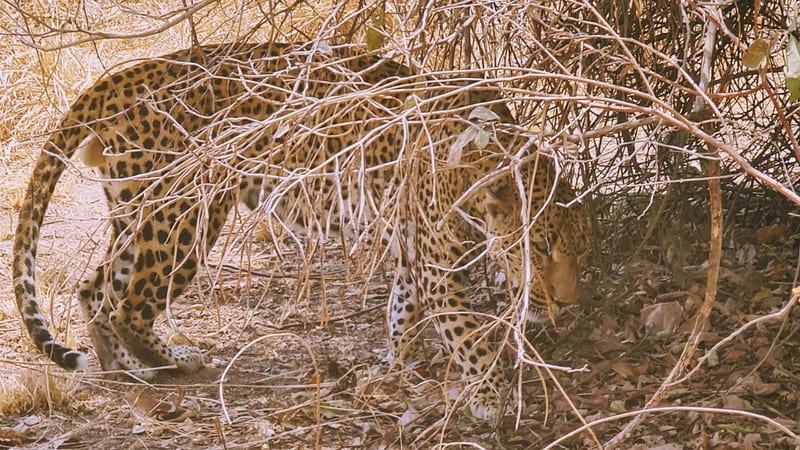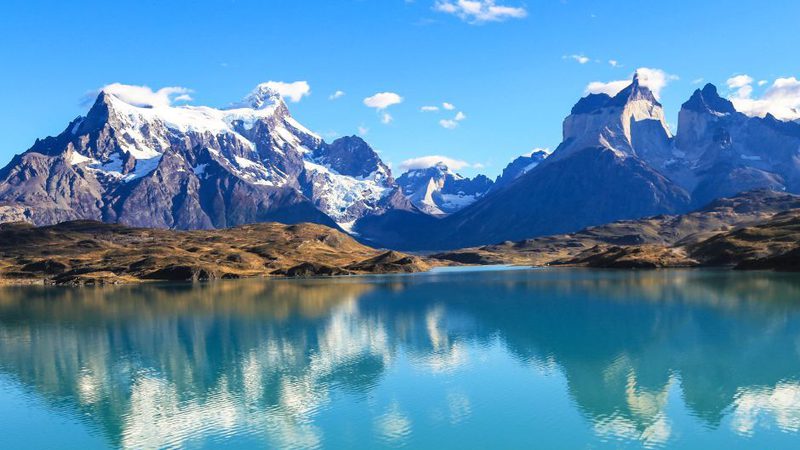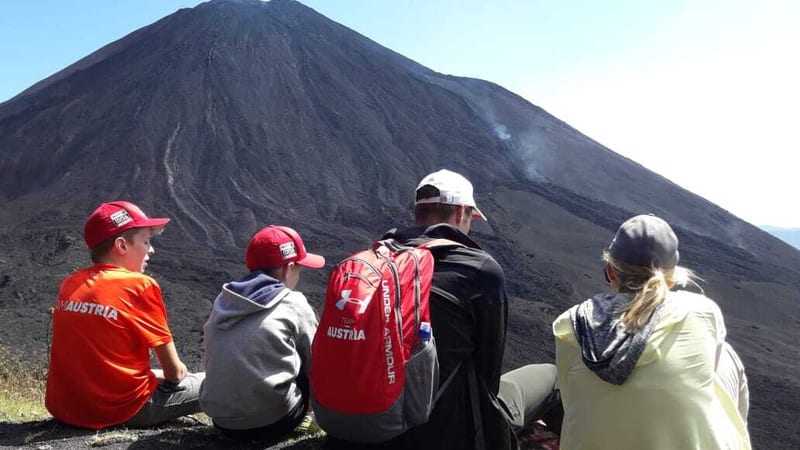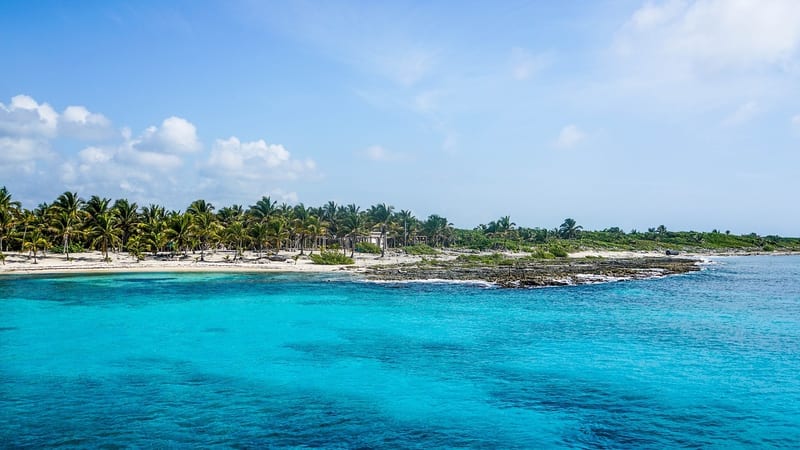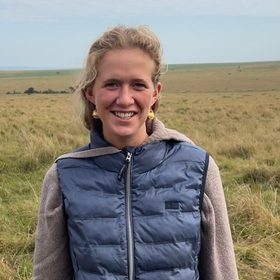A haven for those wanting a real safari with real experts.
Location: Nestled in a grove of riverside trees in the heart of Tarangire National Park, Kuro Tarangire is a charming, light-footed bush camp that blends seamlessly into its surroundings. Positioned along a wildlife corridor near the Tarangire River, it offers guests front-row access to one of Tanzania’s most wildlife-rich areas, especially known for its large elephant herds.
Rooms: Kuro features just six thatch-covered canvas tents, including a spacious family tent with two en-suite bedrooms joined by a shared lounge. Each tent is airy and open, designed to keep you cool and connected to the wild, with sweeping views across the plains and interiors crafted by Tanzanian artisans using sisal, hide, and wood.
Amenities: The camp is powered by solar energy and softly lit with lanterns, creating a warm, inviting atmosphere. A central mess area, inspired by Maasai design, provides a cosy space for dining and relaxing. The nearby Elephant Treehouse offers a tranquil perch for wildlife viewing and lazy afternoons with binoculars in hand.
Activities: Days at Kuro are filled with immersive game drives, guided bush walks, and night drives, each offering a unique perspective of Tarangire's diverse ecosystem. Walks are a particular highlight, with special permission granted for exploring the bush on foot. End the day with a bush dinner under the stars, serenaded by the sounds of the wild.
Sustainability: Kuro Tarangire is run with a light footprint, built from natural materials and powered by solar. It supports local communities and conservation efforts while offering careers and training opportunities that uplift lives across northern Tanzania.
Best places to stay in Tarangire
Tarangire Trip Inspiration
When to visit Tanzania
Find out the best time to visit Tanzania with our month by month guide.
- Best
- Good
- Mixed
- Jan
- Feb
- Mar
- Apr
- May
- Jun
- Jul
- Aug
- Sep
- Oct
- Nov
- Dec
January
January is mixed when it comes to weather, temperatures rise whilst the chance of rain and humidity increases. It is still a good time to go, as the rates are lower yet the game viewing is still excellent.
- During this time migratory herds are in the Serengeti for calving season, meaning the Ndutu plains are busy.
February
The weather remains hot with a chance of rain in February.
- Meanwhile in the Ndutu Plains the migration is still occurring.
March
March is the calm before the storm, before heavy rains and humidity builds. Visitors can take great advantage of lower rates during the low season.
- Migrating herds start to leave Ndutu, heading West towards Grumeti.
April
April experiences continued periods of heavy rain, we would advise against travel due to the conditions.
May
During may there is periods of heavy rain, we would advise against travel due to the conditions.
June
June heralds the wet season, bringing lush green vegetation which can make spotting game more difficult. It is a particularly great time for birders as parks become populated by migratory birds especially in the South.
- Migration is still in the Grumeti area, heading north.
July
July is the start of peak season, temperatures reach up to 30 degrees and the surrounding land becomes drier and spotting game is becoming easier.
- The migration is in the Northern Serengeti moving towards Kenya.
August
August is peak season, with bush land drying out game spotting becomes much easier. If you want to experience Tanzania game at its best, August is the time to travel.
- The migration still remains in the north.
September
Peak season continues in September, the Northern circuit can be very busy, if you want to avoid crowds it's best to visit the southern parks.
- The end of the migration is still in the north with herds on both side of the Kenyan and Tanzanian borders.
October
Peak season continues into October with good game viewing in the Serengeti and southern parks.
- The migration has now crossed over into Kenya.
November
November is the start of the rainy season, the rains tend to be overnight so it is still a popular time to travel. During this month you can take advantage of low season rates.
- Migration crossing over into the Serengeti can be seen a the Tanzania and Kenya border.
December
Rains continue in December, whilst the temperature and humidity start to build. Venturing out on safari is generally good, with large game still easily spotted.
- Migrating herds in the north travel south back to Ndutu.
Speak to a Tanzania expert today
and start planning your tailor-made holiday

Alistair


